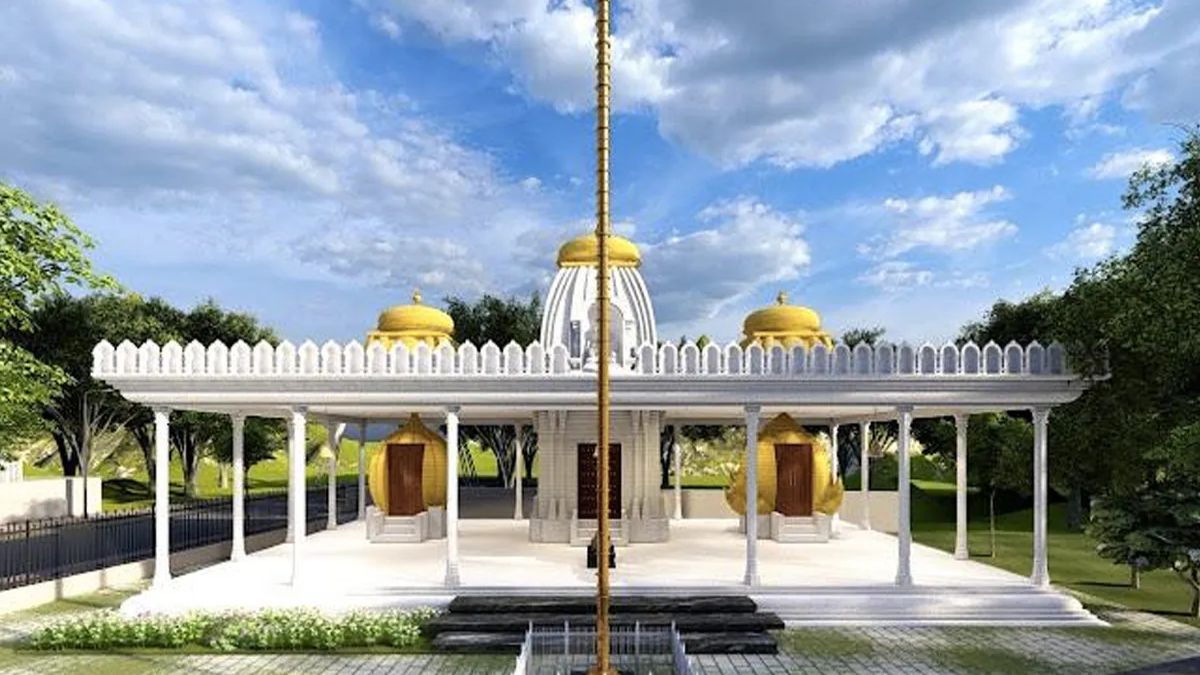The world's first 3D Hindu temple under construction in Telangana: a fusion of technology and spirituality

The world’s first 3D-printed Hindu temple is currently under construction in Telangana, India. Located in the gated villa community of Charvitha Meadows in Siddipet, this bold project is the result of collaboration between Apsuja Infratech and Simpliforge Creations.
Spanning 3,800 square feet, the temple is composed of three distinct shrines. The first shrine is dedicated to Lord Ganesha and is shaped like a “modak”, a delicacy associated with this deity. The second shrine, called Shivalay, is a square structure dedicated to Lord Shankar (Shiva). Finally, the third shrine is a lotus-shaped house dedicated to the goddess Parvati.
Simpliforge Creations has already distinguished itself by collaborating with the Indian Institute of Technology (IIT) in Hyderabad to build India’s first prototype bridge using 3D printing.
The team is currently working on the construction of the lotus-shaped temple dedicated to the goddess Parvati, which will mark the conclusion of this innovative project. For the first phase, the printing of the Modak and Shivalay shrines took around six hours over a ten-day period.
Dhruv Gandhi, CEO of Simpliforge Creations, expresses his confidence in the potential of 3D printing technology for construction. He points out that the Ganesha Temple demonstrates the ability of 3D printing to produce complex shapes that would be difficult to achieve using conventional techniques. The lotus-shaped structure will further highlight the advantages of 3D printing for the construction of free-form structures.
The ongoing construction of the world’s first 3D-printed Hindu temple, in Telangana, illustrates the innovative use of technology in architecture. This project represents a major milestone in the advancement of 3D printing in the construction sector, and highlights the potential for creating complex and unique structures. The entire structure is scheduled for completion in July, reports the Times of India.
